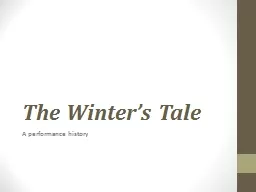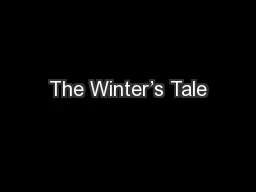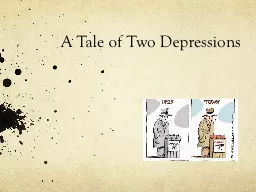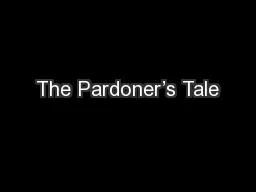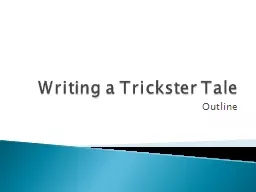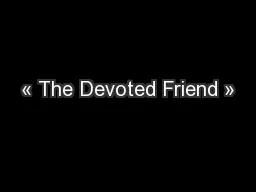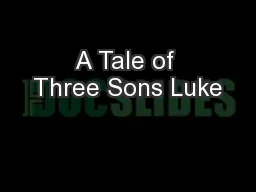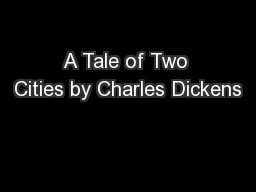PPT-The Winter’s Tale
Author : aaron | Published Date : 2017-05-09
A performance history An illmade play Nevill Coghill began an article on The Winters Tale in 1958 with the observation that It is a critical commonplace that
Presentation Embed Code
Download Presentation
Download Presentation The PPT/PDF document "The Winter’s Tale" is the property of its rightful owner. Permission is granted to download and print the materials on this website for personal, non-commercial use only, and to display it on your personal computer provided you do not modify the materials and that you retain all copyright notices contained in the materials. By downloading content from our website, you accept the terms of this agreement.
The Winter’s Tale: Transcript
Download Rules Of Document
"The Winter’s Tale"The content belongs to its owner. You may download and print it for personal use, without modification, and keep all copyright notices. By downloading, you agree to these terms.
Related Documents

